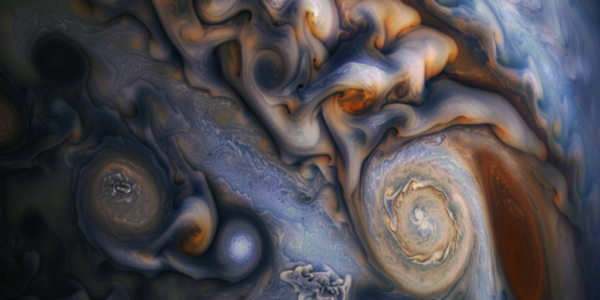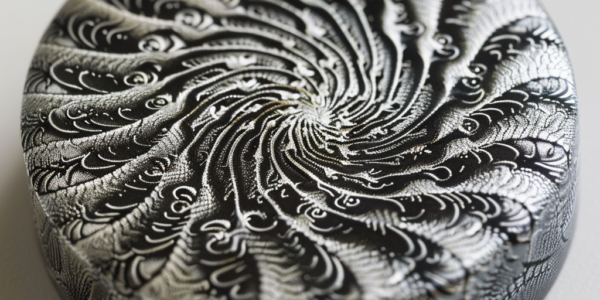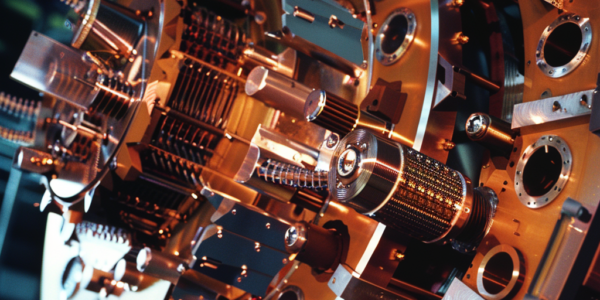Magnetic North Pole’s Unprecedented Shift Toward Siberia Raises Scientific Questions
The magnetic north pole has rapidly shifted towards Siberia, raising questions among scientists about its implications for navigation and geology. This article explores the causes of this movement, the role of Earth’s molten core, and the impact on global navigation systems. Discover the ongoing research and the significance of tracking this natural phenomenon.
Chinese Scientists Develop World’s Strongest Resistive Magnet at 42.02 Tesla
Chinese scientists have achieved a groundbreaking milestone by developing the world’s strongest resistive magnet, generating a magnetic field of 42.02 Tesla, surpassing Earth’s magnetic field by 800,000 times. This innovation from the Chinese Academy of Sciences opens new avenues for research in physics and advanced materials, with potential applications in medicine and energy. Discover how this development could revolutionize our understanding of superconductors and enhance diagnostic technologies.
MIT Achieves Precise Control of Ultrathin Magnet at Room Temperature
MIT researchers achieve precise control of an ultrathin magnet at room temperature, paving the way for faster and more efficient processors and computer memories. This breakthrough could lead to magnetic-based devices consuming less energy than traditional silicon-based devices, offering unprecedented speed, efficiency, and scalability. The researchers utilized pulses of electrical current to switch the direction of the device’s magnetization at room temperature, harnessing the fundamental property of electrons called spin. This development is crucial as it makes magnets composed of atomically thin van der Waals materials practical for use outside a laboratory setting.
Unusual Fluctuations in Jupiter’s Magnetic Field
Unusual fluctuations in Jupiter’s magnetic field could reveal secrets about the gas giant’s core. Scientists from Harvard University observed changes in the magnetic field, indicating the presence of mysterious waves deep inside Jupiter. These fluctuations, concentrated in the ‘Great Blue Spot’, suggest the presence of waves in the metallic core, potentially unlocking the forces governing Jupiter’s magnetic field.
Mysterious New Form of Magnetism Confirmed
Discover the confirmation of a new form of magnetism, altermagnetism, that sits between ferromagnetism and antiferromagnetism. This fundamental discovery could have significant implications for future electronics and is based on the characteristic of quantum objects called spin.
Colossal Magnetic Field Detected in Nuclear Matter
Researchers have observed the interaction between a state of matter known as a quark–gluon plasma (QGP) and a magnetic field 1000 times the strength of those on neutron stars. This observation is a step toward a better understanding of the strong nuclear force and puts limits on the possible value of the QGP’s electrical conductivity, informing models of the early Universe.
Groundbreaking Discovery in Condensed-Matter Physics
Groundbreaking discovery in condensed-matter physics reveals unconventional magnetic phase, altermagnetic, allowing for lifted Kramers spin degeneracy without net magnetization. Research has significant implications for magnetism and potential to drive advancements in magnetic-memory technology.
Researchers Simulate Iron Snow to Shed Light on Planetary Magnetic Fields
Scientists have long believed in the occurrence of a phenomenon known as iron snow in the molten iron cores of certain planetary bodies. Similar to the formation of snow crystals in the upper atmosphere, iron snow is thought to occur…








